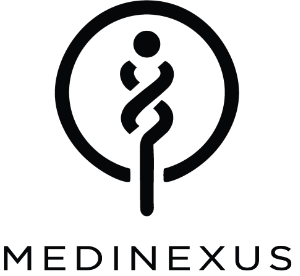Stephen J Polyak 1, Chihiro Morishima, Volker Lohmann, Sampa Pal, David Y W Lee, Yanze Liu, Tyler N Graf, Nicholas H Oberlies
1Department of Laboratory Medicine, Microbiology and Global Health, University of Washington, Seattle, WA 98104, USA. polyak@u.washington.edu
Abstract
Silymarin, also known as milk thistle extract, inhibits hepatitis C virus (HCV) infection and also displays antioxidant, anti-inflammatory, and immunomodulatory actions that contribute to its hepatoprotective effects. In the current study, we evaluated the hepatoprotective actions of the seven major flavonolignans and one flavonoid that comprise silymarin. Activities tested included inhibition of: HCV cell culture infection, NS5B polymerase activity, TNF-alpha-induced NF-kappaB transcription, virus-induced oxidative stress, and T-cell proliferation. All compounds were well tolerated by Huh7 human hepatoma cells up to 80 muM, except for isosilybin B, which was toxic to cells above 10 muM. Select compounds had stronger hepatoprotective functions than silymarin in all assays tested except in T cell proliferation. Pure compounds inhibited JFH-1 NS5B polymerase but only at concentrations above 300 muM. Silymarin suppressed TNF-alpha activation of NF-kappaB dependent transcription, which involved partial inhibition of IkappaB and RelA/p65 serine phosphorylation, and p50 and p65 nuclear translocation, without affecting binding of p50 and p65 to DNA. All compounds blocked JFH-1 virus-induced oxidative stress, including compounds that lacked antiviral activity. The most potent compounds across multiple assays were taxifolin, isosilybin A, silybin A, silybin B, and silibinin, a mixture of silybin A and silybin B. The data suggest that silymarin- and silymarin-derived compounds may influence HCV disease course in some patients. Studies where standardized silymarin is dosed to identify specific clinical endpoints are urgently needed.


